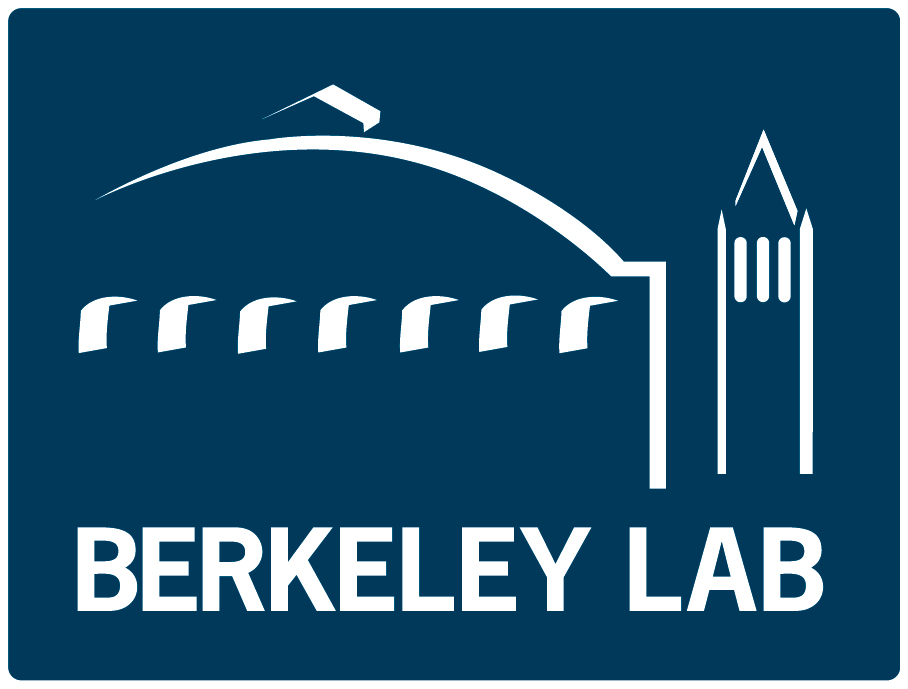Applications
- Measurement of emissions from abandoned and active oil and gas wells
- Quantification of leak rate from petroleum infrastructure
- Surveying and prioritizing well maintenance and plugging operations
Advantages/Benefits
- Portable, making it ideal for large-scale activities
- Significantly more cost-effective than current methods
- Safer to operate to reduce exposure to hazardous environment
- Measurement process does not require estimates of atmospheric stability
Background
Hydrocarbon emissions from all types of oil and gas wells contribute significantly to gas pollution, air quality, and public health, yet they are difficult and expensive to monitor using traditional methods. The FAST method offers a solution by using a fan-generated flow field to force methane emissions toward a point sensor, allowing for quick and cost-effective estimations of emission rates.
Technology Overview
Researchers at Berkeley Lab have designed the Forced Advection Sampling Technique (FAST), which estimates methane emissions from all types of wells by using a fan-generated flow between the emission source and a point sensor. It eliminates the need for estimating atmospheric stability, a requirement in conventional plume modeling techniques. The system has been tested on multiple petroleum facilities field deployments throughout the US, showing promising results for rapid deployment in various field settings. Further work is planned to reduce costs and improve accuracy while maintaining efficiency.
Development Stage
Prototype
For More Information:
Preprint Paper: https://egusphere.copernicus.org/preprints/2024/egusphere-2024-3040/
Principal Investigator(s)
- Mohit Dubey
- Andre Santos
- Andrew Moyes
- Ken Reichl
- Sebastien Biraud
Status
Patent pending
Opportunities
Available for licensing or collaborative research

